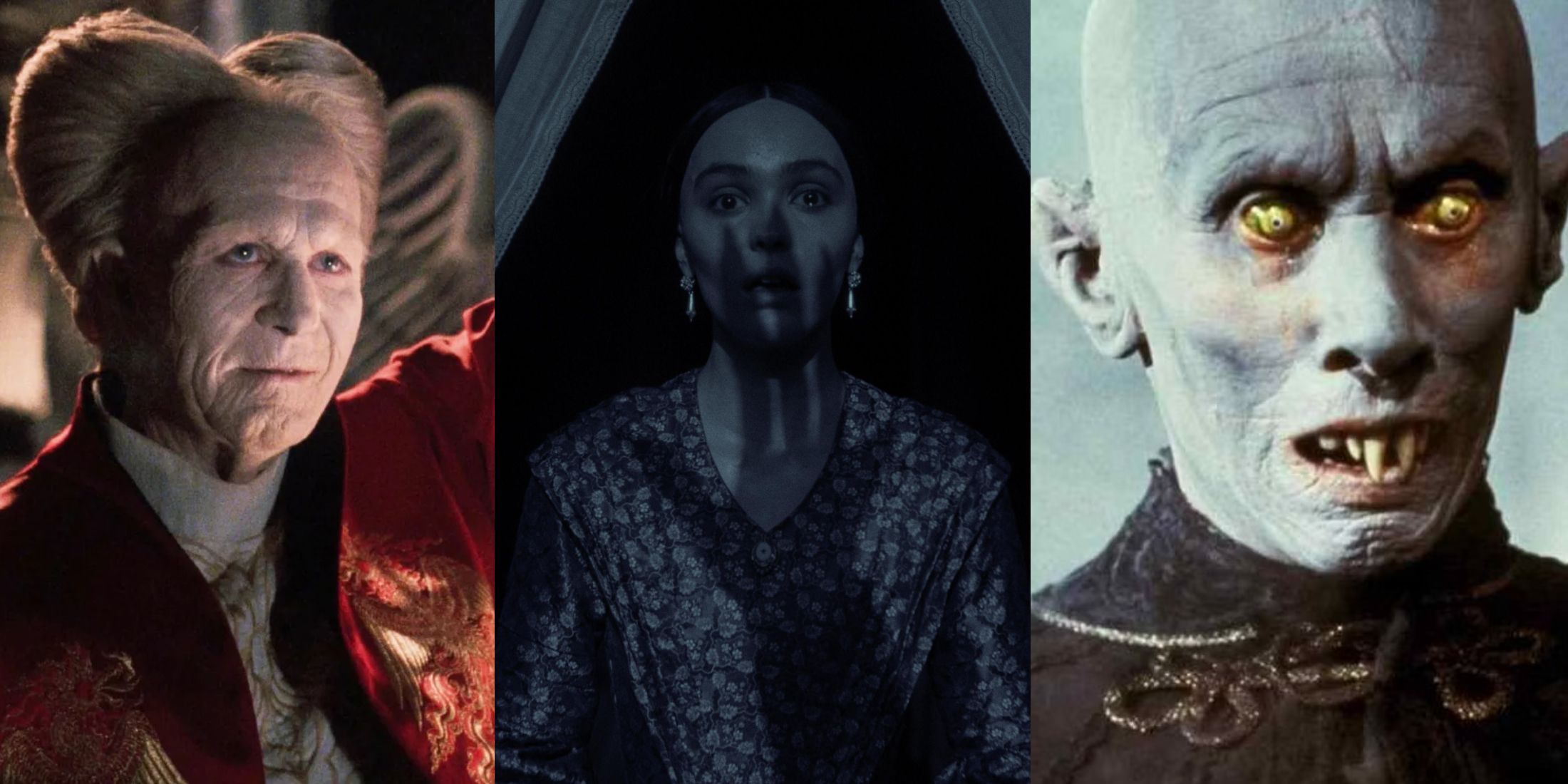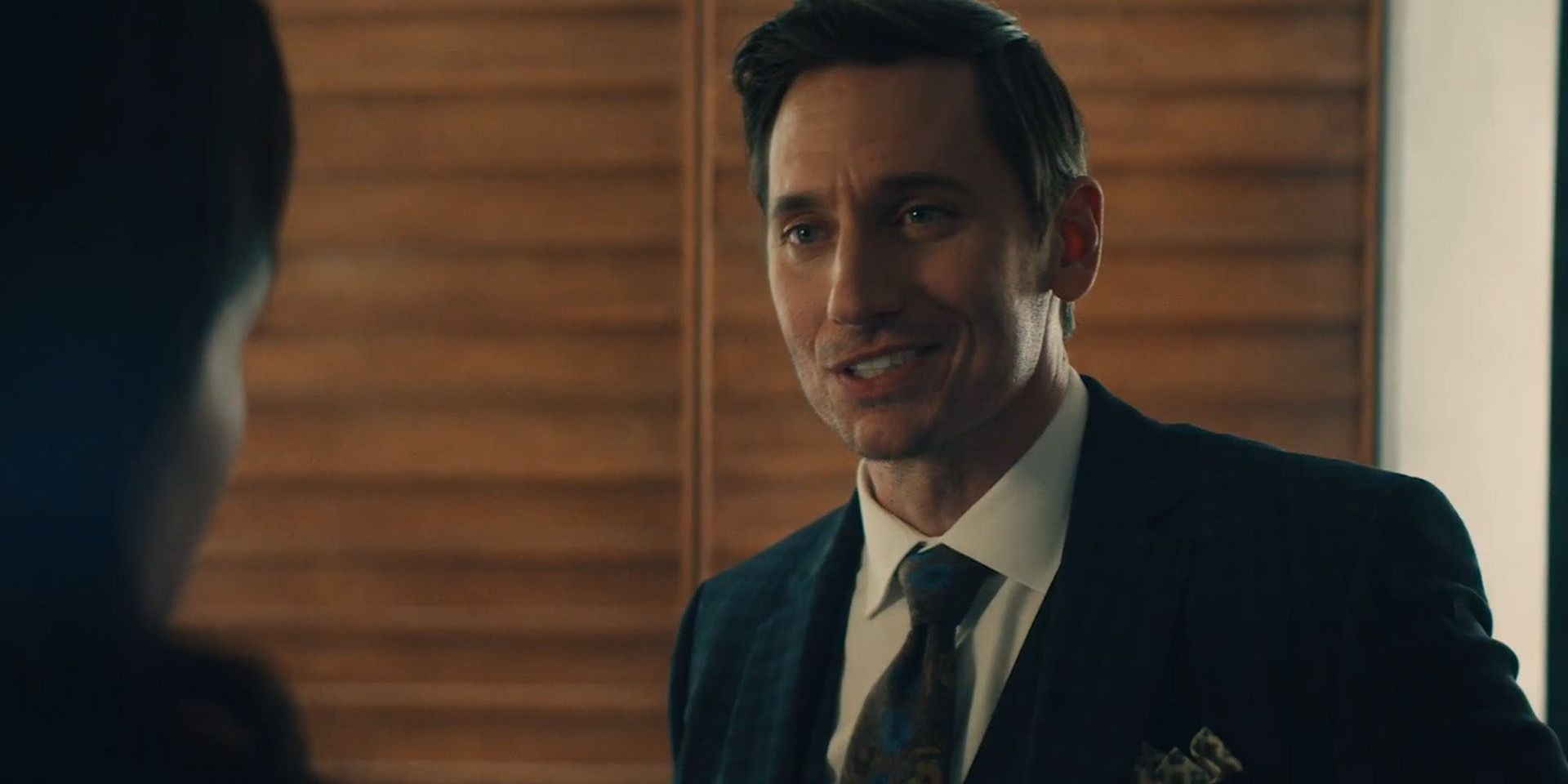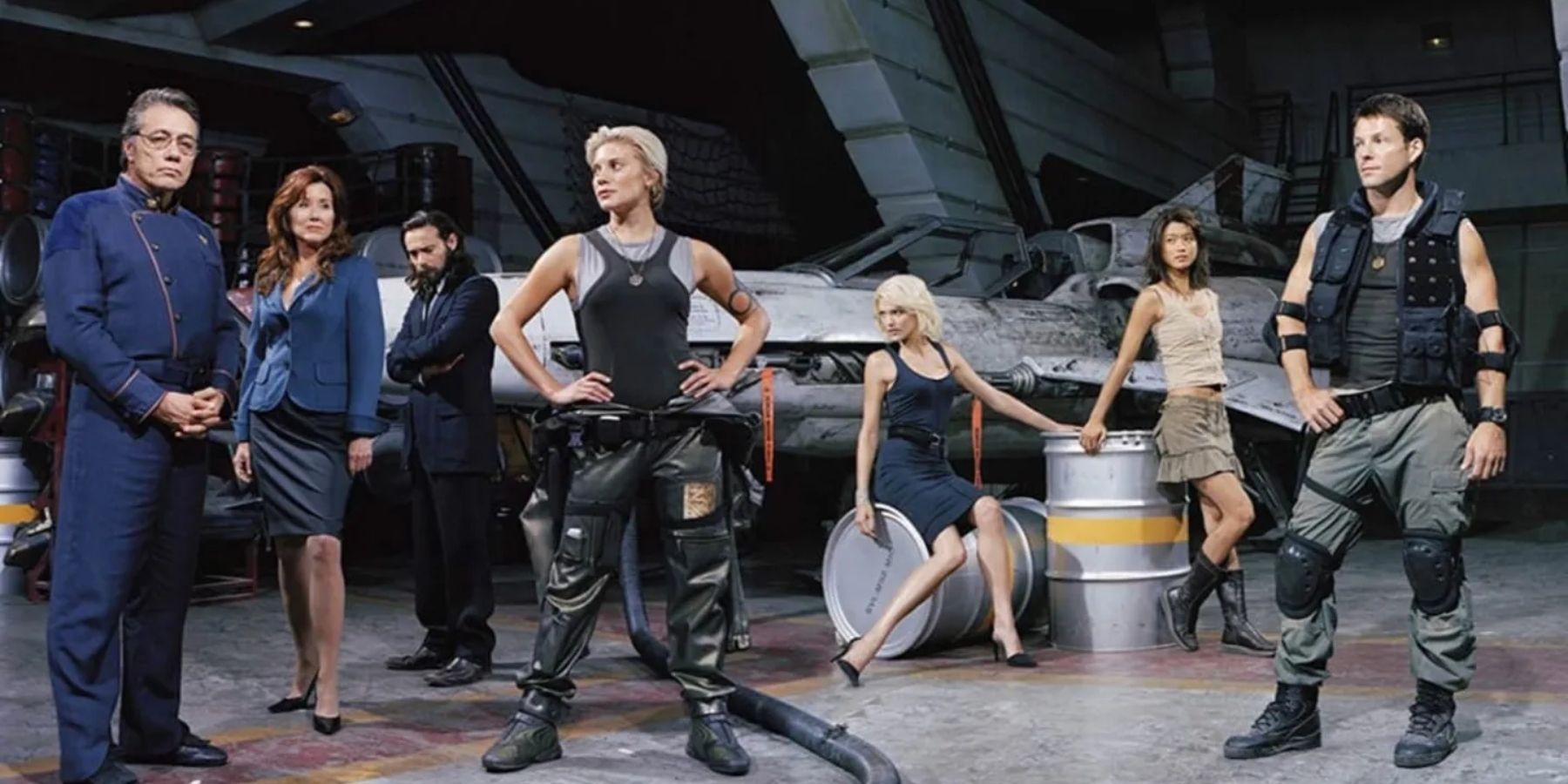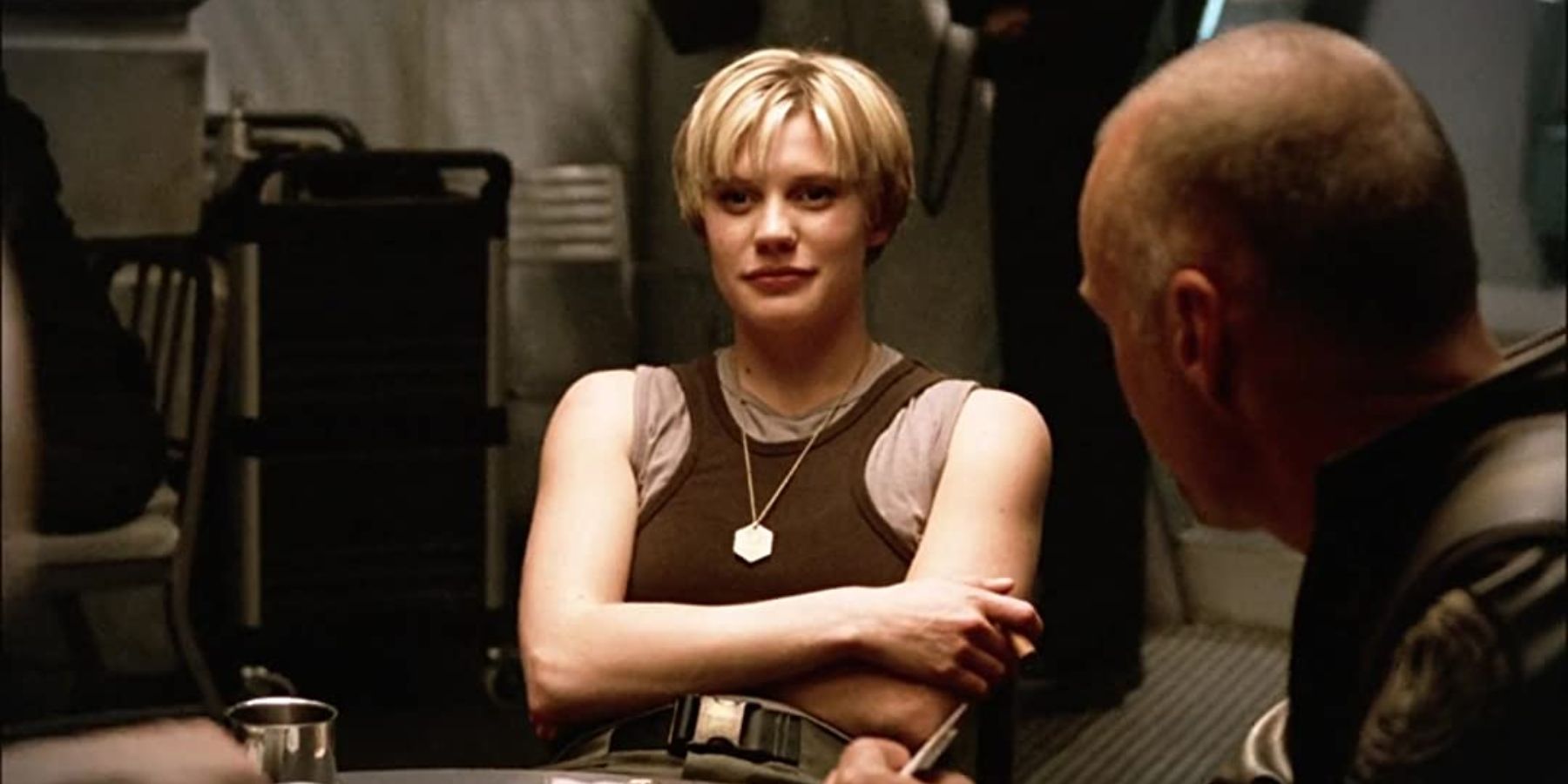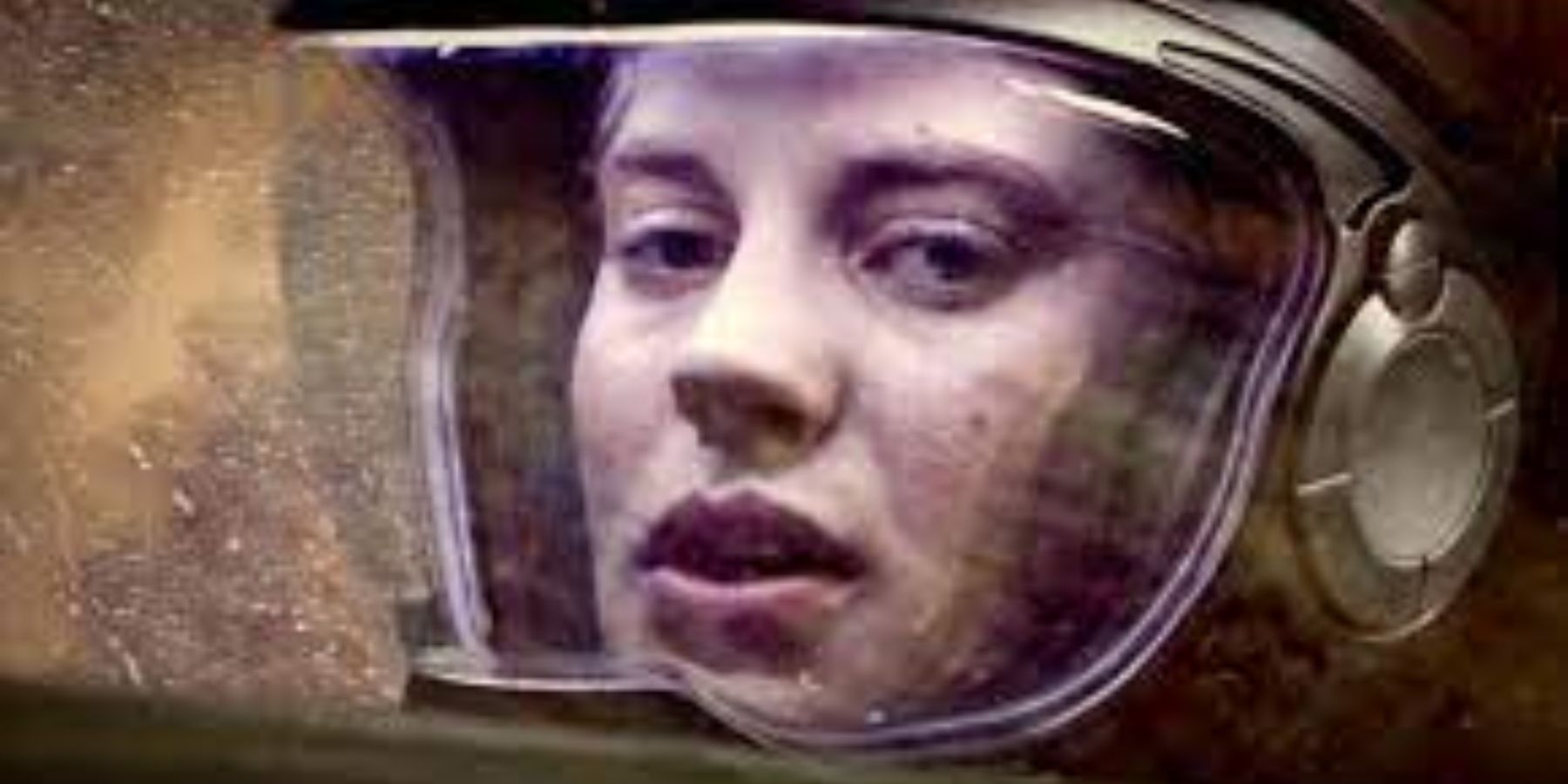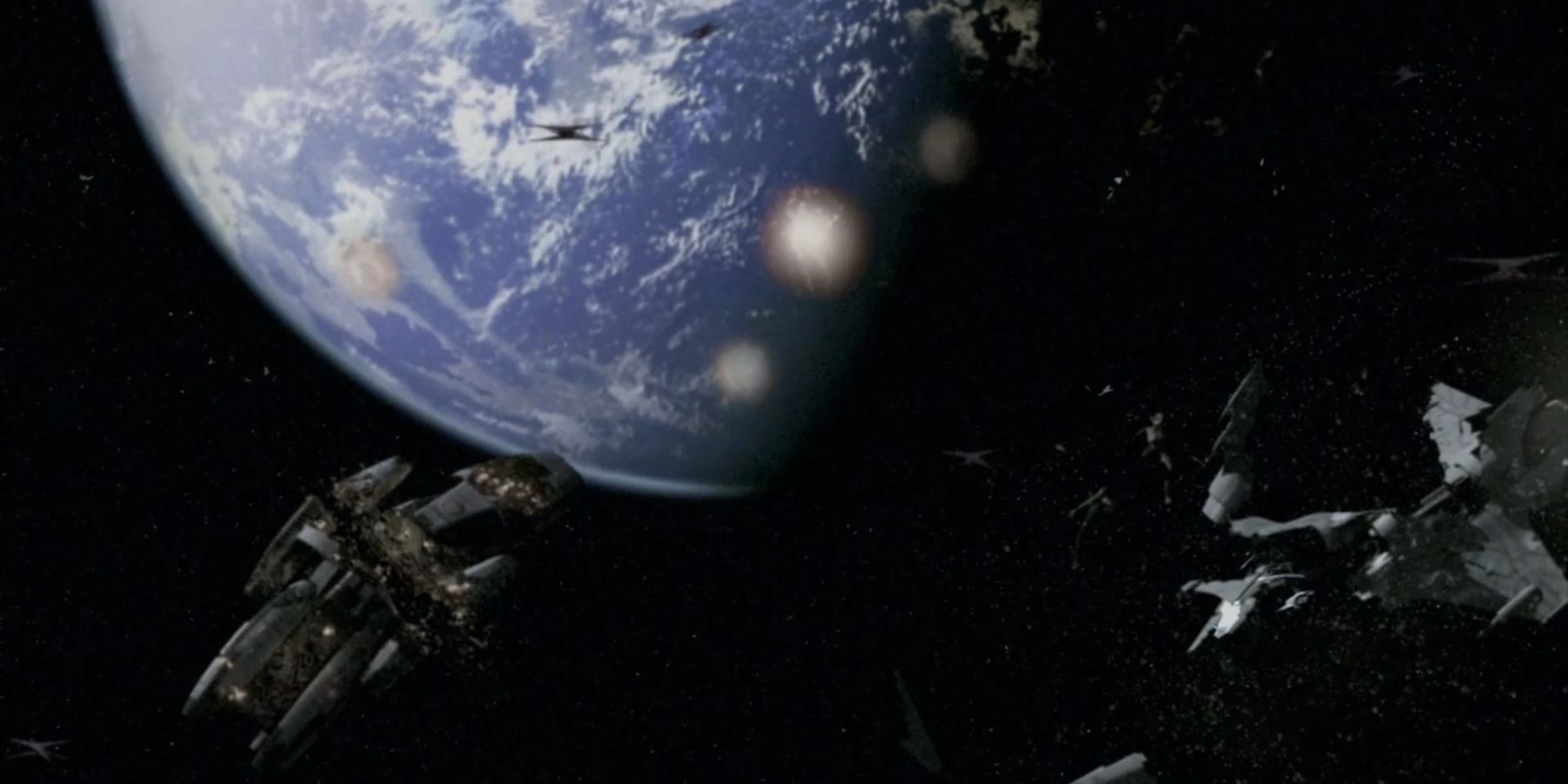Battlestar Galactica has remained among the most notable and long-lasting sci-fi franchises aired on television. In fact, this year the franchise will be 45 years old, making it one of the oldest in the genre, along with other classics like Star Trek and Star Wars. Beginning in the 70s, during the boom in sci-fi space storylines, Battlestar Galactica had everything needed to become an enduring franchise. While sci-fi was a noticeable trend when this franchise began, its popularity has never quite wavered.
This continuous popularity has resulted in such popular sci-fi franchises being continually rebooted and adapted – because for fans, there couldn’t be enough content to consume. In the film industry, in particular, executives and producers are looking to invest in a guaranteed means of making maximum profit, which makes well-loved, pre-existing franchises a popular point to revisit.
These production trends made Battlestar Galactica a prime contender for prequels, sequels, spin-offs, and reboots. That’s why it was no surprise when the re-imagined 2003 miniseries, by the same name, was released. The two-part series first aired on the sci-fi network and quickly grew in popularity, gaining up to 4.5 million viewers. This earned the miniseries the title of the third most watched series on SyFy.
Beyond just catering to the nostalgia of fans, the miniseries offered viewers of the time a unique storyline, compared to the other shows being made during that time period. That said, the show catered to old fans and new ones, making it a considerable success, especially for being such a short series. Unsurprisingly, the success of the miniseries led to it being turned into a television series, which continued on the story of the universe and offered a fresh perspective on the pre-existing story.
The story that the miniseries follows begins 40 years into the treaty to cease fighting in the war between the 12 colonies. Of course, the peace doesn’t last, and the Cylons launch an unexpected nuclear attack on humanity, with hopes of finally eradicating them. They are mostly successful, as the majority of the population is wiped out. Meanwhile, the Battlestar Galactica, a ship that was in the process of being decommissioned when the attack happens, changes route and begins stocking up on supplies and weaponry. A small group of survivors is brought aboard the ship. This, the mark of a new beginning, is the end of the first part of the miniseries.
The second part starts with the Cylons discovering the remaining fleet of survivors. Some of the ships are able to dodge the attack with their advanced technology, but those with less-impressive software are left to fend for themselves. The remaining part of the fleet joins Galactica at Ragnar, and suspicions of a new, human-like version of Cylons arise. Some people are left behind here as, again, the Cylons attack and some of the fleet engage while the rest escape. The fleet declare their intention to seek out the thirteenth colony on Earth. Because of the extreme secrecy around Earth’s location, some believe the planet to be a myth. In the end, a group of humanoid cylons (and Centurions) are revealed.
There are several twists involving the characters and world, throughout the miniseries. Some even question or challenge the standards established in the original 70s show. These surprising, yet sensible, additions that the miniseries brings to the greater story are just one detail that made it an alluring watch. Beyond that, its stellar cast made it a series that appealed to even those that don’t generally watch sci-fi storylines.
Before this miniseries, there were many attempts to re-imagine or reboot the original Battlestar Galactica plotline, yet none of them had the tools or story to support the inevitable production costs of the show. However, with the team of creatives and unique ideas that the miniseries offered, it was too irresistible to producers and long-time fans not to be made. The same can be said about the connected television series that followed a year later.
What made this series so beneficial to the franchise, and unlike any other show or movie in it, was how fresh the perspective it presented was. It was a much more modern take on an already beloved story. As a result, the storyline seemed more realistic, more inclusive, and more progressive (though there was still room for growth). Further, it leaned even more into the theme that the original series set up, which closely examines and criticizes humanity’s helpless reliance on technology.
Perhaps what makes it so much more compelling than other works in the franchise is its focus on the characters. Rather than being grouped together as a crew, with only a few stand-out characters, viewers see here how each character plays some role in what’s happening in the story. Many of the characters are clearly flawed, and while some evolve, others need more time to grow and discover who they are. This perfectly sets up the TV series that would soon follow.
While it isn’t the time period in which the show was made that makes the Battlestar Galactica miniseries so unique and appealing to a broad audience, it was the time period that gave it the stage to take such a new approach. This is what set it apart from the original series, and is what allowed it to stand out among the many other shows being made at the same time. This resulted in the miniseries being one of the favorite works of the franchise for many fans, and is certainly what revived the franchise and reassured fans that its stories would live on for years to come.

